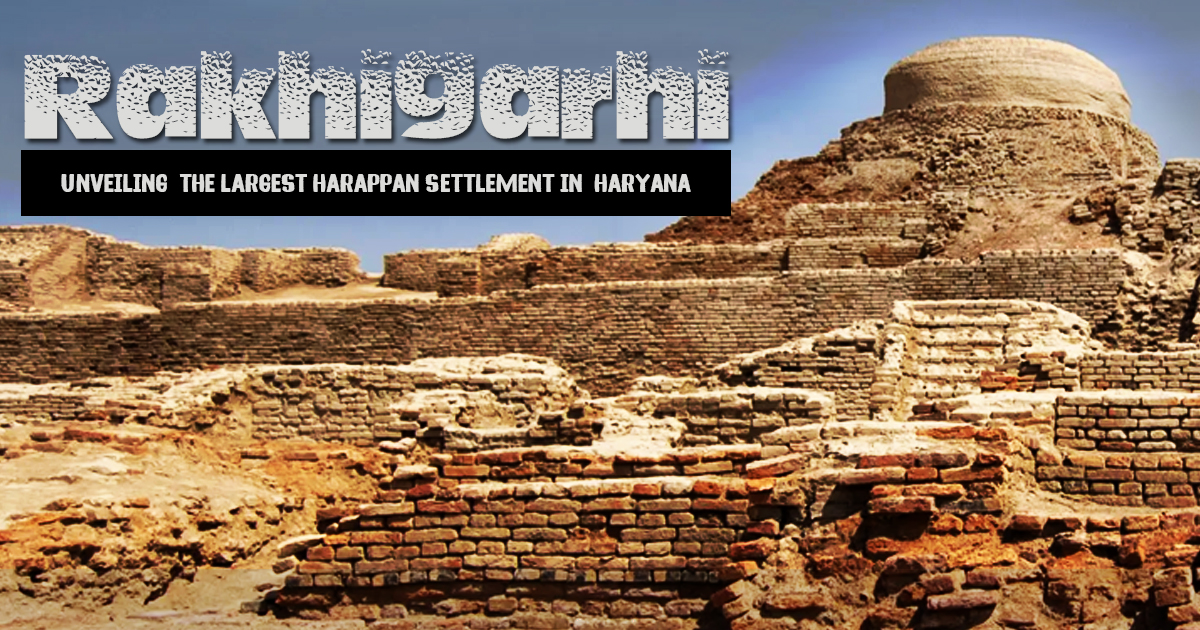
[toggle title=”News” state=”open”]NCERT proposed integrating Rakhigarhi skeletal DNA analysis findings into the Class 12 history textbook. It has also proposed dropping references to how the Narmada Dam project adversely affected tribal people and drove them to greater destitution from the sociology textbook.[/toggle]
Concept :
Rakhigarhi, situated within the Hisar district of Haryana, amidst the Ghaggar-Hakra river plain, stands as a significant archaeological site.
Holding the distinction of being the largest Harappan settlement in the Indian subcontinent, its origins trace back to the period between 2600-1900 BCE.
However, the site confronts imminent threats from uncontrolled soil excavation, encroachment, and illicit artifact trade, endangering its preservation severely.
Key Discoveries at Rakhigarhi:
Urban Planning and Architecture:
The settlement exemplifies a mature Harappan phase, featuring meticulously planned urban layouts with advanced drainage systems and mud-brick structures.
Regarding Seals and Pottery:
A notable discovery is a cylindrical seal with five Harappan characters on one side and an alligator depiction on the other, suggesting administrative and trade connections at the site.
The ceramic collection reveals predominantly red ware artifacts, such as dish-on-stand, vases, and perforated jars, illuminating socio-economic and cultural practices




